Let's say we have half a pizza:
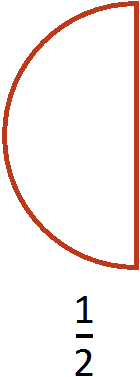
Divide it equally between the two of us. How much pizza do we each get?
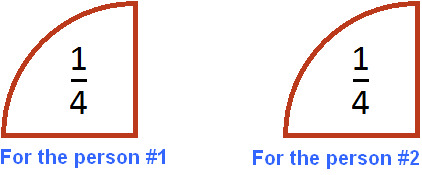
You can see that after splitting half of the pizza, there are two equal slices, each of which is ![]() of a pizza. So each person gets
of a pizza. So each person gets ![]() of a pizza.
of a pizza.
Division of fractions is done with inverse numbers. Inverse numbers allow you to replace division with multiplication.
To divide a fraction by a number, multiply the fraction by the number inverse of the divisor.
Using this rule, let's write down the division of our pizza half into two parts.
So, you want to divide fraction ![]() by number 2. Here the divisor is fraction
by number 2. Here the divisor is fraction ![]() , and the divisor is number 2.
, and the divisor is number 2.
To divide a fraction ![]() by 2, multiply the fraction by the inverse of the divisor of 2. The inverse of the divisor of 2 is
by 2, multiply the fraction by the inverse of the divisor of 2. The inverse of the divisor of 2 is ![]() . So multiply
. So multiply ![]() by
by ![]() .
.
![]()
The answer is ![]() . So when you divide half by two you get a quarter.
. So when you divide half by two you get a quarter.
Let us try to understand the mechanism of this rule. To do this, consider the following simple example. Suppose we have one whole pizza:
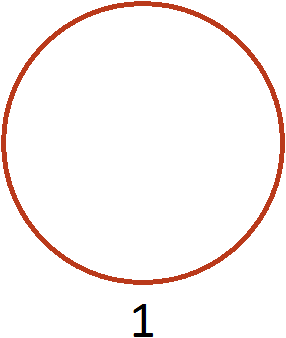
Let's multiply it by 2. That is, we repeat it twice (or take it twice). As a result, we will have two pizzas:
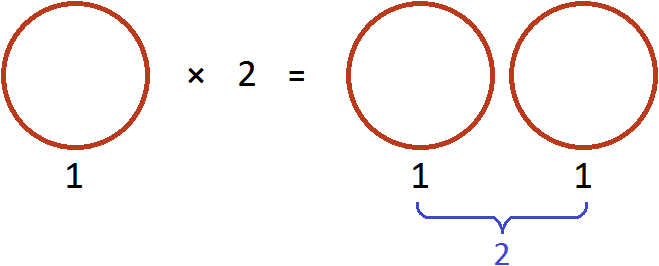
Now let's serve these pizzas to two friends. That is, divide the two pizzas by two. Then everyone gets one pizza:
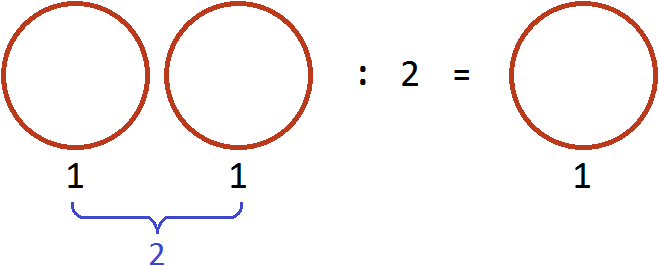
Dividing two pizzas by 2 is like taking half of those pizzas, that is, multiplying the number 2 by a fraction of ![]()
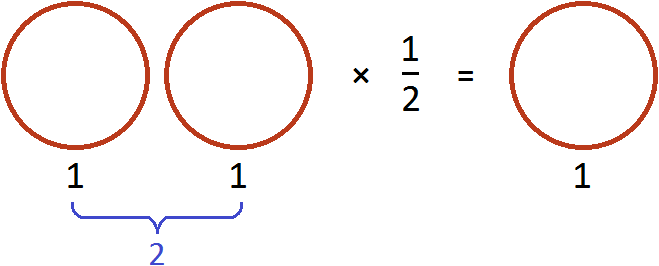
In both cases the result was the same.
The same thing happened when we divided half the pizza into two parts. To divide ![]() by 2, we multiplied that fraction by the number inverse of the divisor of 2. And the inverse of the divisor of 2 is
by 2, we multiplied that fraction by the number inverse of the divisor of 2. And the inverse of the divisor of 2 is ![]() .
.
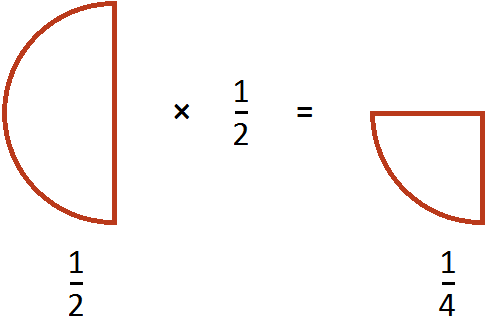
Example 2. Find the value of the expression ![]()
Multiply the first fraction by the number inverse of the divisor:
![]()
Let's say you have a quarter of a pizza and need to divide it between two people:

If you divide that quarter into two pieces, each resulting piece is one-eighth of a whole pizza:
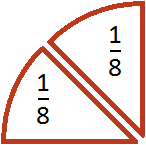
Replacing division with multiplication is possible not only when working with fractions, but also with regular numbers. For example, we all know that 10 divided by 2 is 5.
10 : 2 = 5
In this example, replace division with multiplication. To divide the number 10 by the number 2, you can multiply the number 10 by the inverse of the number 2. And the inverse of 2 is fraction of ![]()
![]()
As you can see the result has not changed. We got the answer 5 again.
It can be concluded that division can be replaced by multiplication, provided that the inverse number is substituted for the divisor.
Example 3. Find the value of the expression ![]()
Multiply the first fraction by the number inverse of the divisor. The inverse of the divisor is a fraction of ![]()
![]()
Let's say there was ![]() of a pizza:
of a pizza:

How do you divide a pizza like this between six people? If you divide each of the three slices in half, you get six equal slices

These six pieces are six pieces of twelve. And one of those pieces is ![]() . Therefore, when you divide
. Therefore, when you divide ![]() by 6, you get
by 6, you get ![]()
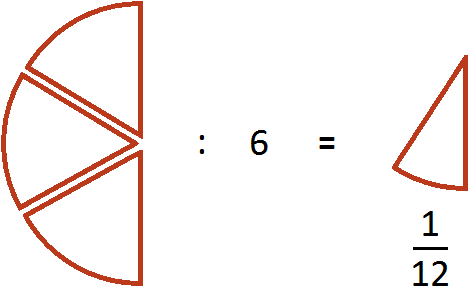
2. If you find an error or inaccuracy, please describe it.
3. Positive feedback is welcome.